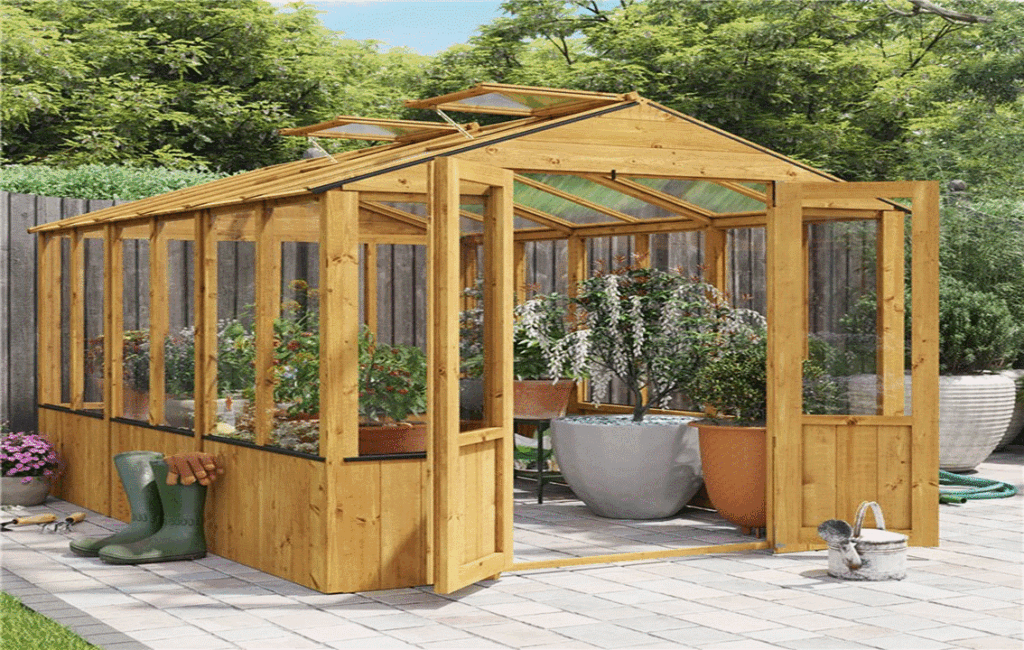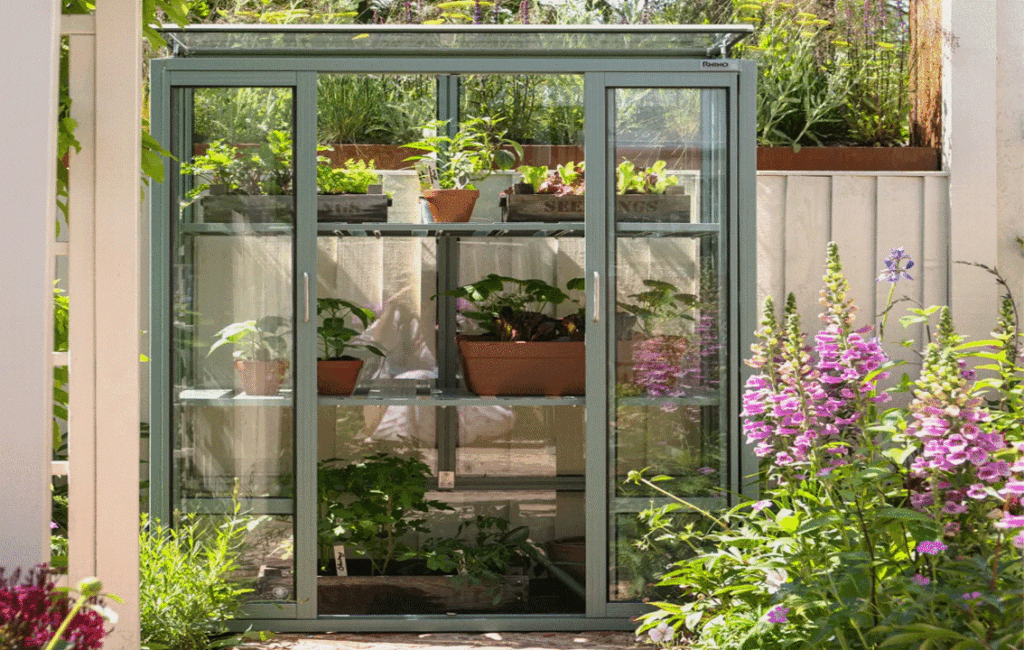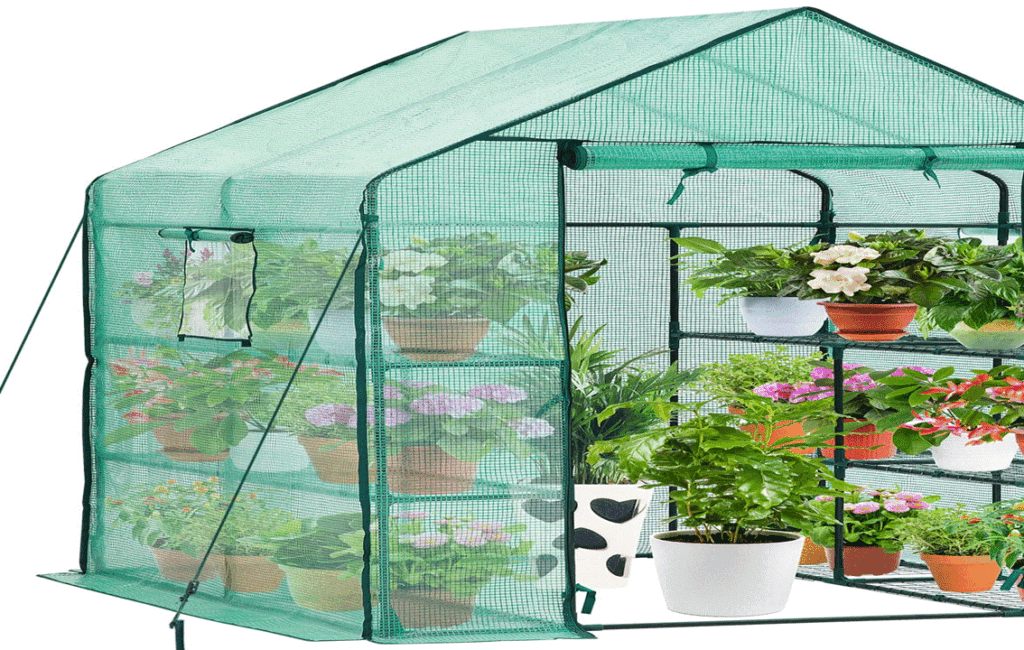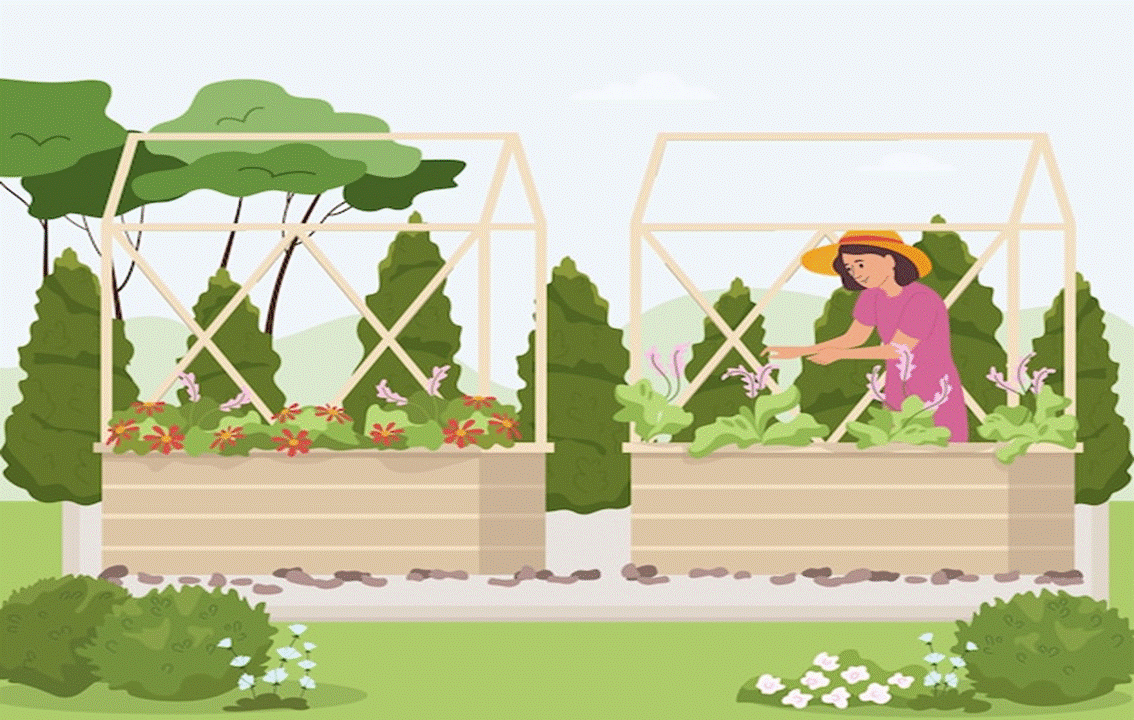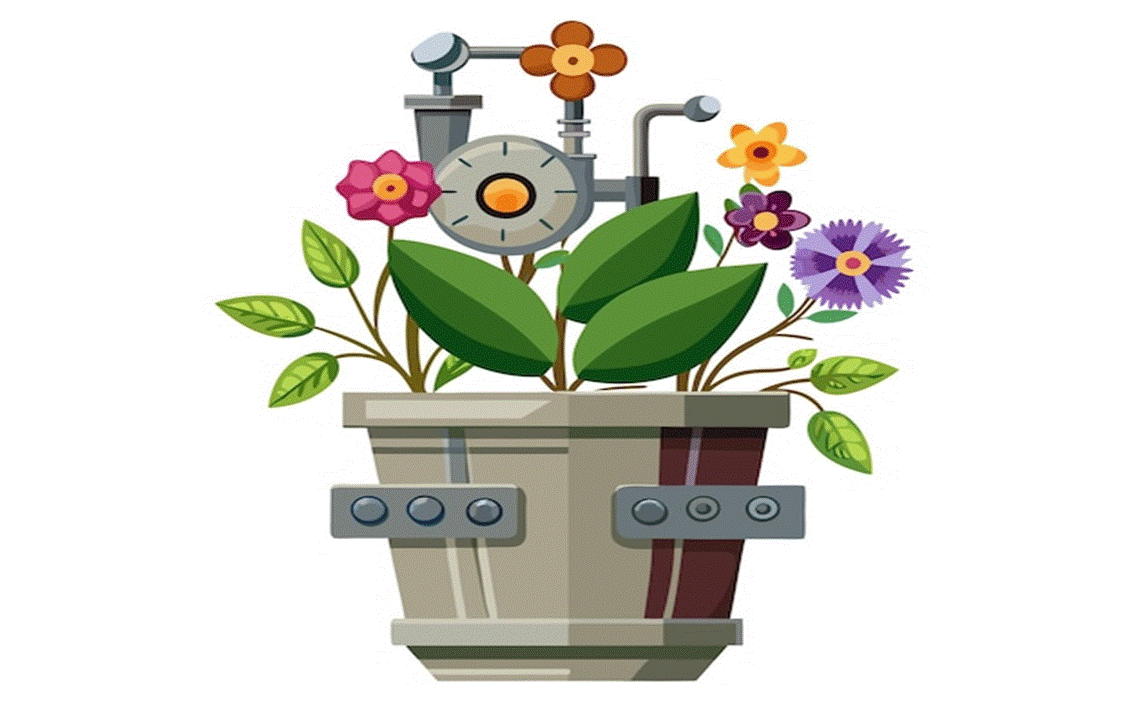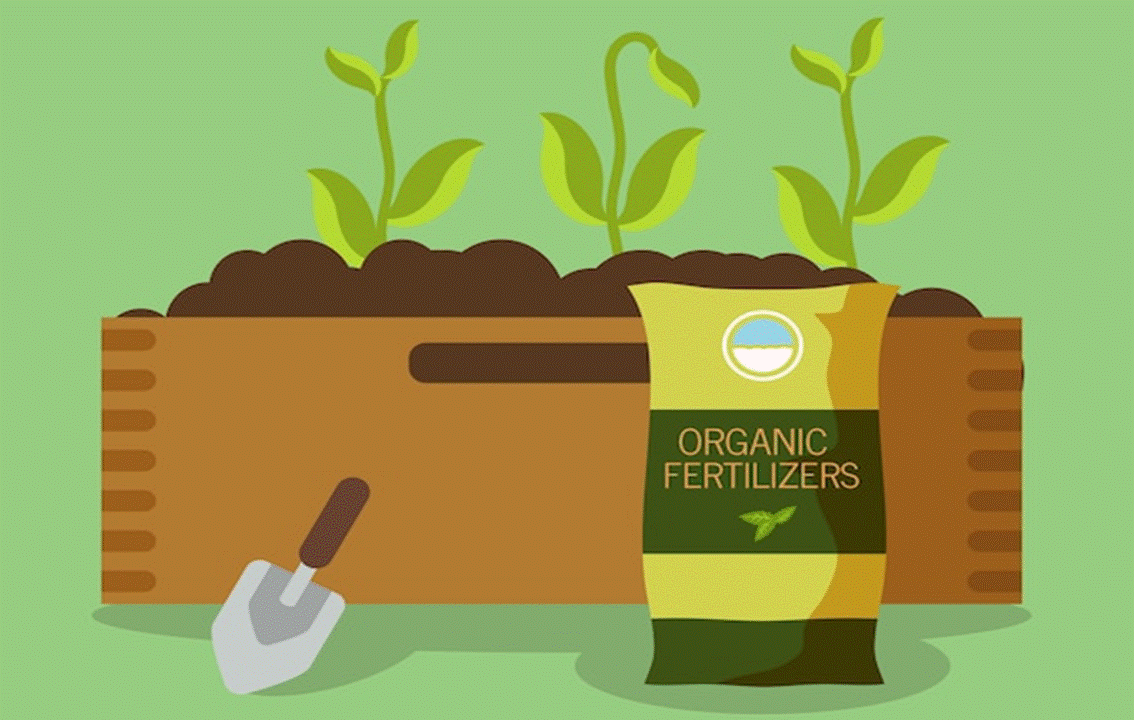A SIGNIFICANT ADDITION TO ANY ORGANIC GARDEN
Greenhouses come in all forms and sizes and can become a significant addition to most organic gardens. Space permittiing, purchasing a good-sized pre-fabricated greenhouse with an easy installation is a good option for most, but consideration should be given to lost space and cost, which should be factored into any decision making. Greenhouses can be utilised to create seedlings and healthier plants, as well as to boost annual crop yield and most organic gardeners use them to create controlled environments that aid a sustainable organic gardening approach, by using organic soil and enhancing natural light and temperature. Although they generally introduce an additional cost to the garden, they are proven to enhance most organic growing techniques, whilst offering extended protection for crops. The main overall purpose of this structure is to create a protected microclimate for most seedlings while enhancing growing capabilities that will ultimately increase yields. Once a safe controlled environment is created, with stable temperatures and humidity, organic gardeners will be able to protect plants from adverse weather and will enable the extension of their growing seasons.
Things to consider when utilising a greenhouse
Heat and Light Management: Using shade cloths during the summer months and reflective materials during the winter months will enable gardeners to regulate natural heat and light within the confines of a greenhouse.
Pest Control: Although the greenhouse is a protected and controlled environment, pest control remains a factor and considerations should still be given to utilise natural pest control methods. It may still be necessary to introduce beneficial insects, such as ladybirds and predatory mites into the greenhouse microclimate to help control pest populations.
Companion Planting: A diverse range of plants, to create a balanced ecosystem, should be grown within the confines of a greenhouse, as this will enhance pest control and soil health. Companion planting these crops will also deter pests and promote healthy growth.
Soil management: Soil is still a factor within the confines of a greenhouse and organic soil amendments such as compost, worm castings, and organic fertilizers will still be required to improve soil health. Regular testing of the soil should still take place and then be amended to maintain soil nutrients. The use of beneficial soil microorganisms, such as mycorrhizal fungi and other beneficial bacteria will improve soil nutrient uptake and plant health.
Crop Rotation: Crop rotation should still be practiced within the confines of a greenhouse to maintain a soil nutrient balance and minimise pest and disease build-up. Planting seasonal crops will maximise space and keep the greenhouse productive all year round.
Water Management: Drip irrigation or other efficient watering methods to supply moisture directly to the plant roots should also be employed within the confines of a greenhouse. This will reduce water waste and disease risk.
Ventilation: Good airflow promotes healthy plant growth and is very important within the confines of a greenhouse, as it reduces humidity that prevents mould and mildew build-up. To achieve good airflow, it may be necessary to install fans or vents to help regulate airflow. Simply opening the greenhouse doors for prolonged periods may also suffice, especially on hot days when the air may become stifled.
